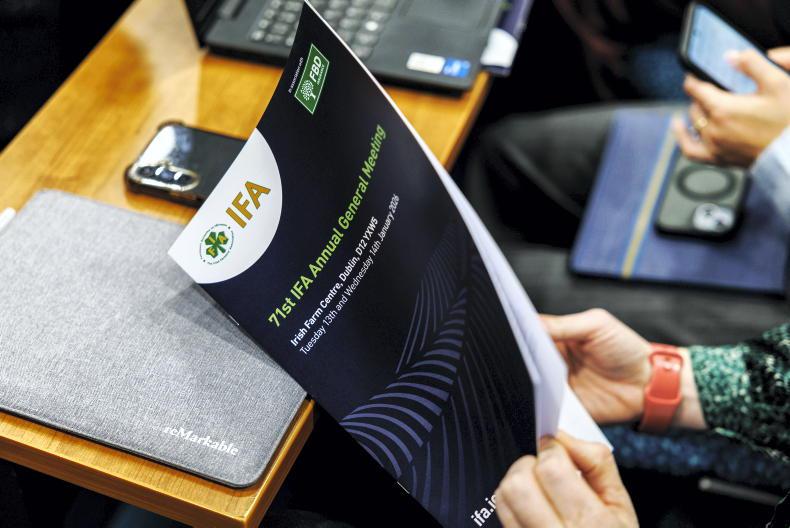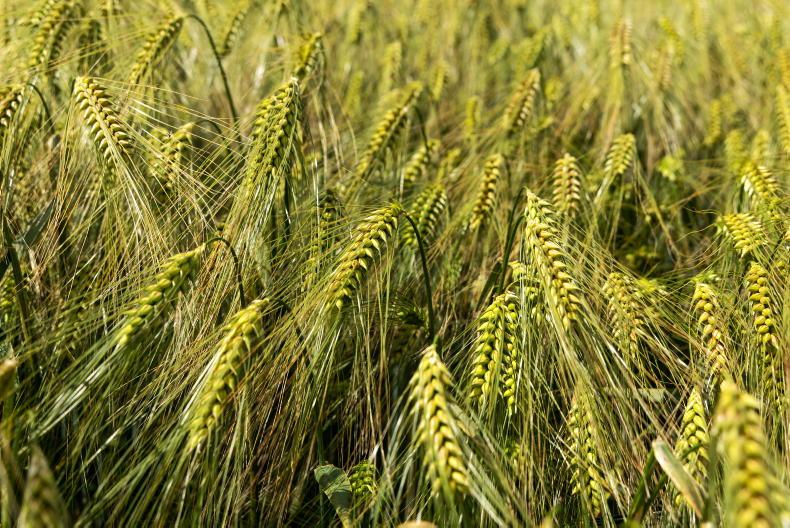Farmers in England are to receive a lump sum from the UK government to retire. The Lump Sum Exit Scheme is for Basic Payment Scheme (BPS) applicants in England who wish to leave farming, either to retire or take up a different occupation.
Applications for the scheme opened last week, but farmers in Scotland, Wales and Northern Ireland will not be eligible.
A lump sum of up to £100,000 will be paid to successful applicants on the basis that they sell or let owned land or surrender their tenancy on rented land.
The payment will be based on the average direct payments made to the farmer for the 2019 to 2021 BPS years. This reference figure will be capped at £42,500 and multiplied by 2.35 to calculate the lump sum.
English farmers can apply to the Lump Sum Exit Scheme until midnight on 30 September 2022 and the scheme is not expected to open for applications in future years.
Eligibility
To be eligible for the retirement scheme, farmers must have drawn BPS payments in the 2018 scheme year or in an earlier scheme year or inherited agricultural land in England after 15 May 2018.
Therefore, a farmer who inherited land as recently as four years ago can now be paid to retire from farming it.
The decision to retire or exit the farming industry can be extremely difficult.
— Defra UK (@DefraGovUK) April 12, 2022
But we’re here to help.
The voluntary Lump Sum Exit Scheme is open for applications.
Those who wish to leave can now so do in a managed way.
Find out more ?? https://t.co/MN3opWnqg6 pic.twitter.com/tzcnigSkOu
To receive the lump sum payment, farmers must sell, gift or let their agricultural land in England or plant it with trees under a woodland creation scheme. Farmers can keep up to 5ha and any farm buildings, such as a farm house, and still be eligible.
They must also transfer grazing and pannage rights they have on common land in England and “surrender” their English BPS entitlements.
Once the lump sum is received from London, farmers can still work as an agricultural contractor or for other farmers.
The scheme does not have any rules about what farmers do with any of their land they keep, except that they cannot use it to claim any future BPS payments (set to become “delinked payments” in 2024). This means farmers could still keep animals or grow crops on their 5ha.
Transferring land
Farmers entering the scheme do not need to transfer out all of their land at the same time or to the same person. Owner-occupier landowners can sell or gift their land. They can also rent it out under a farm business tenancy with a minimum term of five years.
If the farmer is a tenant of the agricultural land, they can transfer it out by surrendering the tenancy to their landlord or ending the tenancy having served a notice to quit. They can also assign the tenancy to someone else if the tenancy agreement allows this.
Notably, land also counts as transferred out if a tenancy expires or the landlord ends a tenancy.
If a farmer is a sole trader, they cannot transfer the land to a spouse or civil partner or anyone they are cohabiting with as a couple. However, the land can be transferred to a son or daughter.
Agricultural land must be transferred out in one of these ways by 31 May 2024.
Reaction
Responding to the opening of the scheme, National Farmers’ Union (NFU) vice-president David Exwood said: “For those thinking of leaving the industry, the opening of the scheme gives them the opportunity to do so. Farming is a job like no other and deciding to leave the industry will be deeply subjective to each person.
“We will also continue working with Department for Environment, Food and Rural Affairs (DEFRA) on the crucial new entrants scheme which we hope will provide a pipeline for new talent to enter the industry.”










SHARING OPTIONS